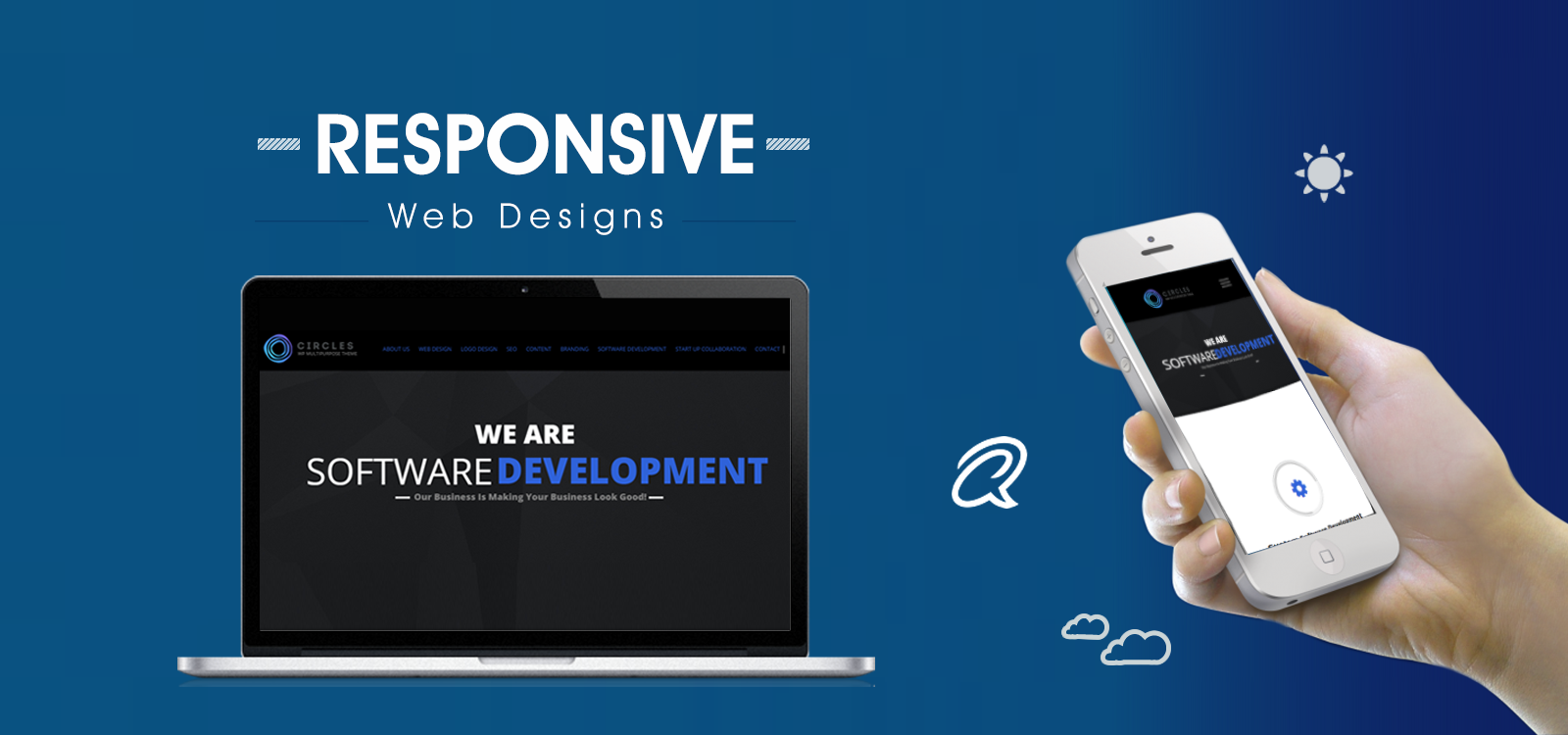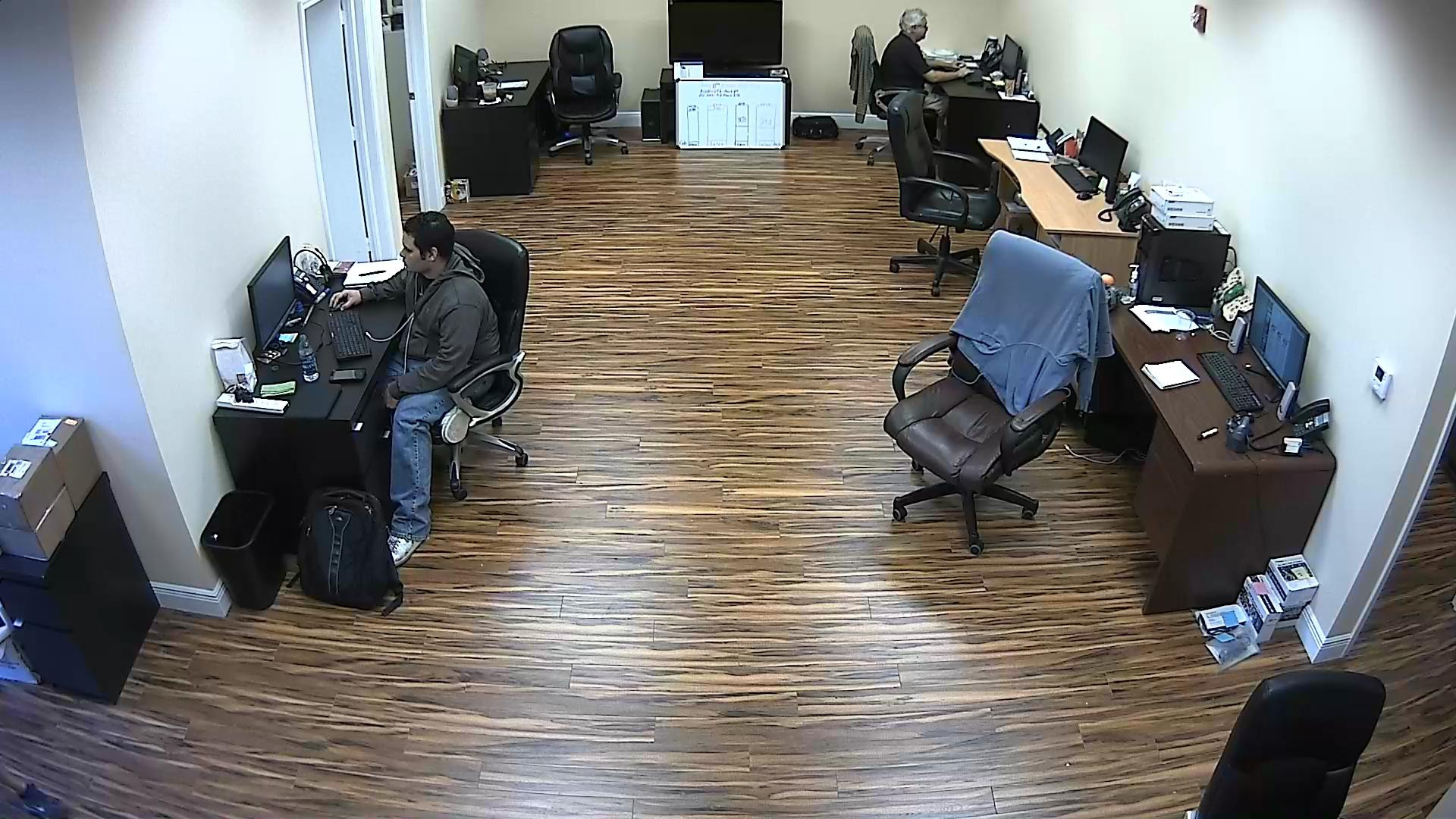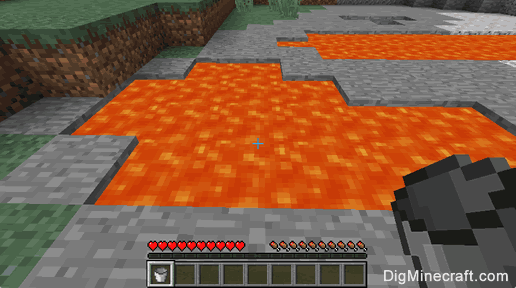This topic includes the following sections:
Unless you absolutely need Java on your Mac, don't bother with it. And if you have to, get ready to de-adware your Mac.
System Requirements for Installing the JDK on macOS
So you just upgraded your Mac (probably to Yosemite) and now you are getting annoying browser errors that say 'To view this web content you need to install the Java Runtime Environment.' More annoyingly, after clicking through to Oracle's Java.com to 'Download Java for Mac OS X' and installing it, you. Apple recently changed the way it includes Java in Mac OS, and with Lion, Java is no longer preinstalled. It is now an optional install that you must select. Since current Adobe installers and applications were built before these changes by Apple, Adobe software anticipates that Java is installed.
The following are the system requirements for installing the JDK on macOS:
Any Intel-based computer running macOS.
Administrator privileges.
You cannot install Java for a single user. Installing the JDK on macOS is performed on a systemwide basis for all users. Administrator privileges are required to install the JDK on macOS.
Determining the Default JDK Version on macOS
When starting a Java application through the command line, the system uses the default JDK.
You can determine which version of the JDK is the default by entering java -version in a Terminal window. If the installed version is 13 Interim 0, Update 0, and Patch 0, then you see a string that includes the text 13. For example:
To run a different version of Java, either specify the full path, or use the java_home tool. For example:
$ /usr/libexec/java_home -v 13 --exec javac -version
Installing the JDK on macOS
- Download the JDK
.dmgfile,jdk-13.interim.update.patch_osx-x64_bin.dmg.Before the file can be downloaded, you must accept the license agreement.
- From either the browser Downloads window or from the file browser, double-click the
.dmgfile to start it.A Finder window appears that contains an icon of an open box and the name of the.pkgfile. - Double-click the
JDK 13.pkgicon to start the installation application.The installation application displays the Introduction window. - Click Continue.
- Click Install. A window appears that displays the message: Installer is trying to install new software. Enter your password to allow this.
- Enter the Administrator user name and password and click Install Software.The software is installed and a confirmation window is displayed.
.dmg file if you want to save disk space. Uninstalling the JDK on macOS
You must have Administrator privileges.Note:
Do not attempt to uninstall Java by removing the Java tools from /usr/bin. This directory is part of the system software and any changes will be reset by Apple the next time that you perform an update of the OS.
- Go to
/Library/Java/JavaVirtualMachines. - Remove the directory whose name matches the following format by executing the
rmcommand as a root user or by using thesudotool:/Library/Java/JavaVirtualMachines/jdk-13.interim.update.patch.jdkFor example, to uninstall 13 Interim 0 Update 0 Patch 0:
$ rm -rf jdk-13.jdkMedia express software. Blackmagic Utilities Included!Blackmagic Media Express software comes free with every DeckLink card. Media Express lets you batch capture and playback 2D or even dual stream stereoscopic 3D in uncompressed YUV 4:2:2 and RGB 4:4:4 QuickTime, AVI and DPX, or compressed ProRes, DVCPRO and MJPEG files. LiveKey lets you insert logos and other graphics in real time using SDI outputs. DeckLink cards also include Blackmagic LiveKey and Blackmagic Disk Speed Test.
Installation FAQ on macOS Platform

This topic provides answers for the following frequently asked questions about installing JDK on macOS computers.
1. How do I find out which version of Java is the system default?
When you run a Java application from the command line, it uses the default JDK. If you do not develop Java applications, then you do not need to worry about this. See Determining the Default JDK Version on macOS.
2. How do I uninstall Java?

See Uninstalling the JDK on macOS.
3. After installing Java for macOS 2012-006, can I continue to use Apple's Java 6 alongside the macOS JDK for Java 13?
If you want to continue to develop with Java 6 using command-line, then you can modify the startup script for your favorite command environment. For bash, use this:
$ export JAVA_HOME=`/usr/libexec/java_home -v 13`
Some applications use /usr/bin/java to call Java. After installing Java for macOS 2012-006, /usr/bin/java will find the newest JDK installed, and will use that for all of the Java-related command-line tools in /usr/bin. You may need to modify those applications to find Java 6, or contact the developer for a newer version of the application.
4. What happened to the Java Preferences app in Application Utilities?
The Java Preferences app was part of the Apple Java installation and is not used by Oracle Java. Therefore, macOS releases from Apple that do not include Apple Java will not include Java Preferences.
Java is a programming language by Oracle that was often used by websites for online games and to do heavy computational tasks in the browser but how many websites still use Java? And do you still need it installed on your PC?
Over a decade ago Java was almost obligatory for computer users as it was so widely used by websites but what about today…
Why Worry About Java?

Samsung scx 4623f drivers for windows 10. I have previously reported on another major security vulnerability in Oracle's Java.
Gaping security holes in Java are nothing new but what made that one even worse is that Oracle were allegedly warned 4 months before – but did nothing, leaving millions of users vulnerable to attack…
With that sort of attitude to protection, the most effective security for your computer would be to uninstall Java completely if you don't need it – but do you?
How Many Websites Use Java in 2020?
According to research from W3Techs, only about 0.02% of all the active websites in the world still use Java on the client side (i.e. within your web browser). That's only 2 in every 10,000 websites and that ratio is decreasing year on year.


This topic provides answers for the following frequently asked questions about installing JDK on macOS computers.
1. How do I find out which version of Java is the system default?
When you run a Java application from the command line, it uses the default JDK. If you do not develop Java applications, then you do not need to worry about this. See Determining the Default JDK Version on macOS.
2. How do I uninstall Java?
See Uninstalling the JDK on macOS.
3. After installing Java for macOS 2012-006, can I continue to use Apple's Java 6 alongside the macOS JDK for Java 13?
If you want to continue to develop with Java 6 using command-line, then you can modify the startup script for your favorite command environment. For bash, use this:
$ export JAVA_HOME=`/usr/libexec/java_home -v 13`
Some applications use /usr/bin/java to call Java. After installing Java for macOS 2012-006, /usr/bin/java will find the newest JDK installed, and will use that for all of the Java-related command-line tools in /usr/bin. You may need to modify those applications to find Java 6, or contact the developer for a newer version of the application.
4. What happened to the Java Preferences app in Application Utilities?
The Java Preferences app was part of the Apple Java installation and is not used by Oracle Java. Therefore, macOS releases from Apple that do not include Apple Java will not include Java Preferences.
Java is a programming language by Oracle that was often used by websites for online games and to do heavy computational tasks in the browser but how many websites still use Java? And do you still need it installed on your PC?
Over a decade ago Java was almost obligatory for computer users as it was so widely used by websites but what about today…
Why Worry About Java?
Samsung scx 4623f drivers for windows 10. I have previously reported on another major security vulnerability in Oracle's Java.
Gaping security holes in Java are nothing new but what made that one even worse is that Oracle were allegedly warned 4 months before – but did nothing, leaving millions of users vulnerable to attack…
With that sort of attitude to protection, the most effective security for your computer would be to uninstall Java completely if you don't need it – but do you?
How Many Websites Use Java in 2020?
According to research from W3Techs, only about 0.02% of all the active websites in the world still use Java on the client side (i.e. within your web browser). That's only 2 in every 10,000 websites and that ratio is decreasing year on year.
So you might expect that nobody would still have the Java plugin installed?
However, 15% of our visitors at TechLogon still have it enabled in their browser – and the global average is similar. It is this popularity that still makes Java a target for malware.
But if it's only required by about 2 in every 10,000 websites, why do so many people still have Java installed and enabled in their browser? There may be several reasons:
1. Offline Applications May Use Java
Some offline apps can still make use of Java e.g. Adobe Creative Suite and OpenOffice / LibreOffice suite (mainly the Database module). Users of such programs may feel they have little choice but to keep Java installed if they want to use all the functionality of the suite.
Tip: you can keep Java installed, for use by offline apps, but disable the Java plugin in your browser – this would prevent web based vulnerabilities from being exploited:
2. Popular Websites May Use Java
I've reviewed before how many active websites there are in the world – about 190 million. So even a lowly 0.02% figure means that up to 38,000 websites may still use Java.
These include a few popular sites (e.g. Udemy) and other sites offering calculation-heavy content (e.g. 3D maps, financial trading, mortgage calculators). However, these sites are only likely to be of interest to a very small percentage of internet users.
Tip: if you regularly visit a website which needs Java then consider installing a new web browser (which has Java enabled) to visit it – and use your regular browser (e.g Chrome or Firefox which have Java disabled) for normal browsing on all other websites.
3. Lack Of User Knowledge About Java
In my PC repair business I find that Java is often a forgotten relic on customer's computers – often they don't know what it is and so are afraid to remove it – or to update it which is even worse…
Tip: if you have no good reason to keep Java installed, and you don't visit one of the few sites that still use it, there are many security advantages to uninstalling it completely. You could always install it again in future if necessary – and at least you'd be sure to have an up to date version.
Conclusion
Only 0.02% of active websites in the world still use Java within the web browser – about 2 in 10,000 sites.
Do I Need Java On Macos Catalina
The vast majority of computer users could therefore uninstall Java or at least disable it in their web browser for much better security.
